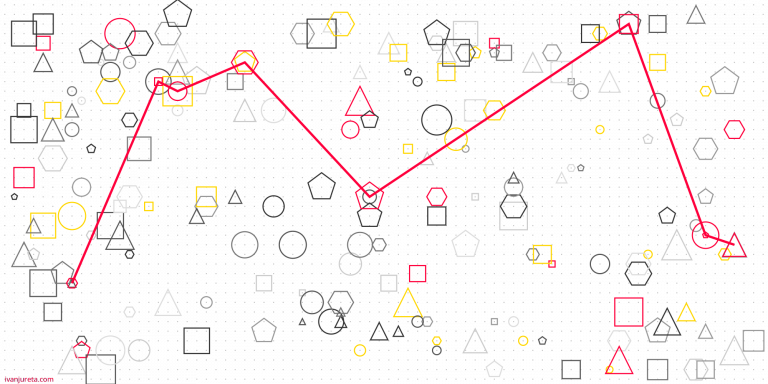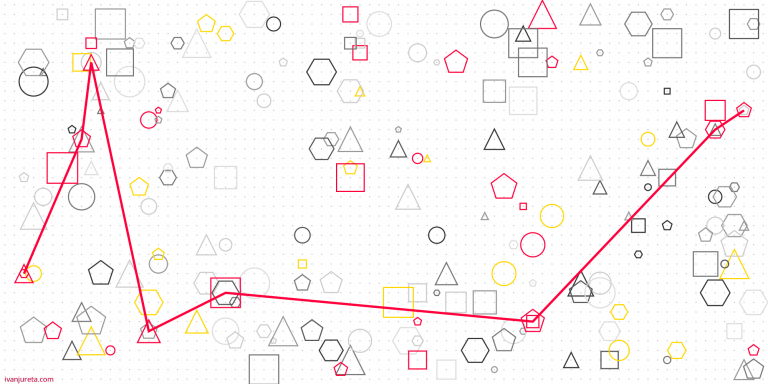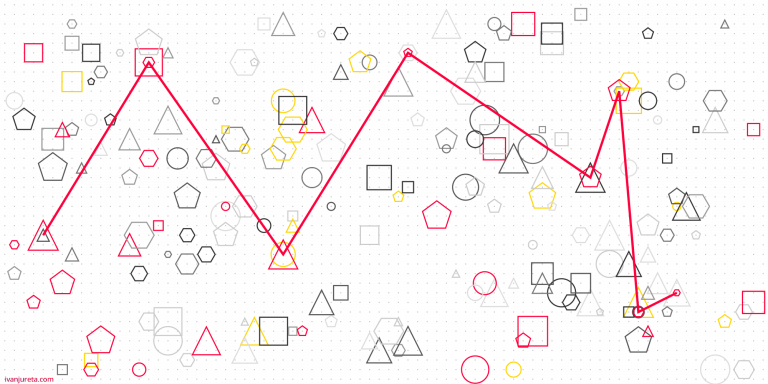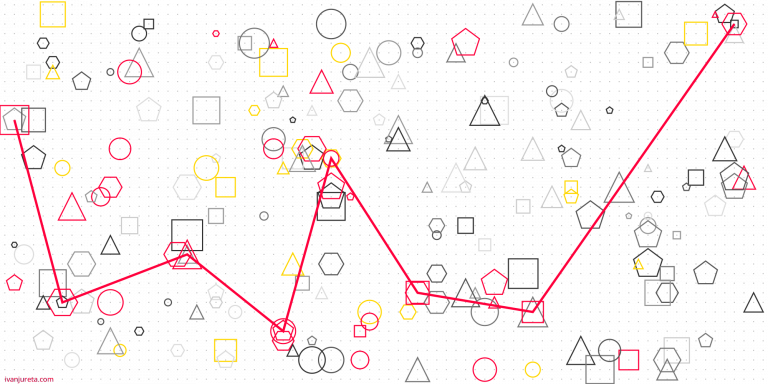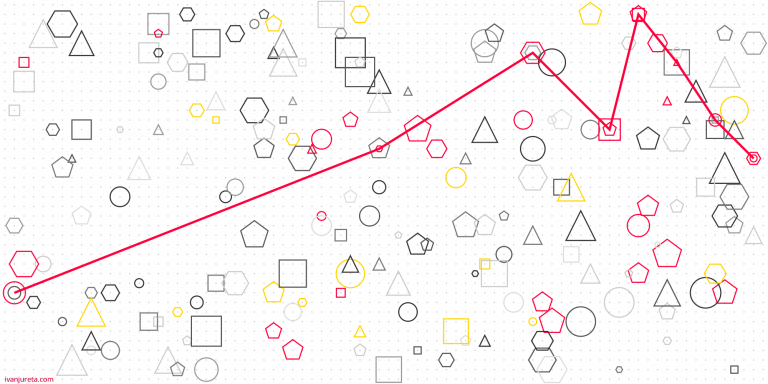Probability and Level of Detail of Options
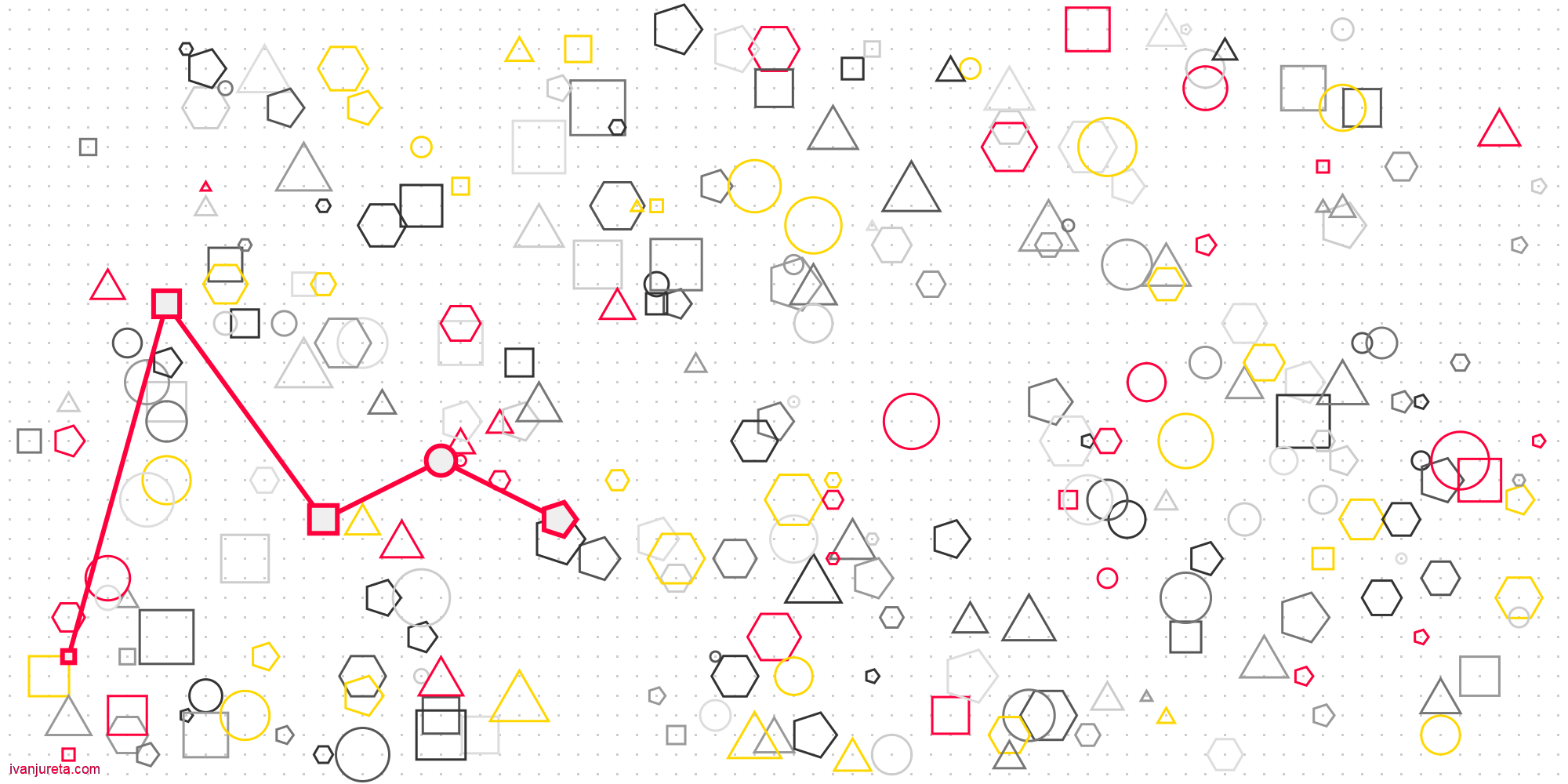
Here are two interesting observations about probability in decision making:
- “reading a detailed, as opposed to more general, description of a future event increased the estimated probability that the event would actually occur” [1] citing [2], and
- “symptoms of a disease in either a more concrete (e.g., low energy level, muscle aches, severe headaches) or abstract (e.g., disorientation, malfunctioning nervous system) manner and asked participants to imagine contracting the disease. Results indicated that participants who imagined concrete symptoms estimated the likelihood of actually contracting the disease to be higher than those who imagined abstract symptoms” [1] citing [3].
In both cases, the level of detail provided about an event influenced the estimated probability for it to occur.
This text is part of the series on the design of decision governance. Decision Governance refers to values, principles, practices designed to improve the quality of decisions. Find all texts on decision governance here, including “What is Decision Governance?” here.
What are the implications for decision governance?
- A decision process needs to recommend or mandate the level of detail required about the decision situation, options, and potential outcomes of options. This should be done if we want to try to remove the effect of level of detail on estimated probabilities of considered outcomes.
- If we want to steer decisions by influencing probability estimates, then providing more detail seems to be a possible tactic to increase probability estimates, even if there are no grounds, other than the detail which can be speculative, for probability increase.
- To increase the level of detail, we need to provide more information about future events. As they are uncertain, this means that we need to introduce more assumptions about the future. These additional assumptions, while adding detail, have two important implications:
- Options that should lead to these events become, so to speak, brittle: by increasing the level of detail, we are creating a situation in which many assumptions about the future can be invalidated as we get new information, i.e., as time passes. In short, it is easier to be wrong when adding possibly too much detail to predictions.
- By adding more detail about outcomes, we can create many new options. If I said that option A will lead me to travel to Vancouver, and option B to Toronto, it looks like I am talking about two options. Now, if I want to add detail, and say that option A is to travel to Vancouver direct, this may lead me to an option C which is to fly to Vancouver in more than a single flight. The point here is that more detail is more commitments, and not only can I now be wrong more easily about the future, but I also likely need to deal with more options than what I wanted.
References and Further Reading
- Wakslak, Cheryl J., et al. “Seeing the forest when entry is unlikely: probability and the mental representation of events.” Journal of Experimental Psychology: General 135.4 (2006): 641.
- Sherman, Steven J., et al. “Social explanation: The role of timing, set, and recall on subjective likelihood estimates.” Journal of Personality and Social Psychology 44.6 (1983): 1127.
- Sherman, Steven J., et al. “Imagining can heighten or lower the perceived likelihood of contracting a disease: The mediating effect of ease of imagery.” Personality and social psychology bulletin 11.1 (1985): 118-127.

